Trees
All Trees Content
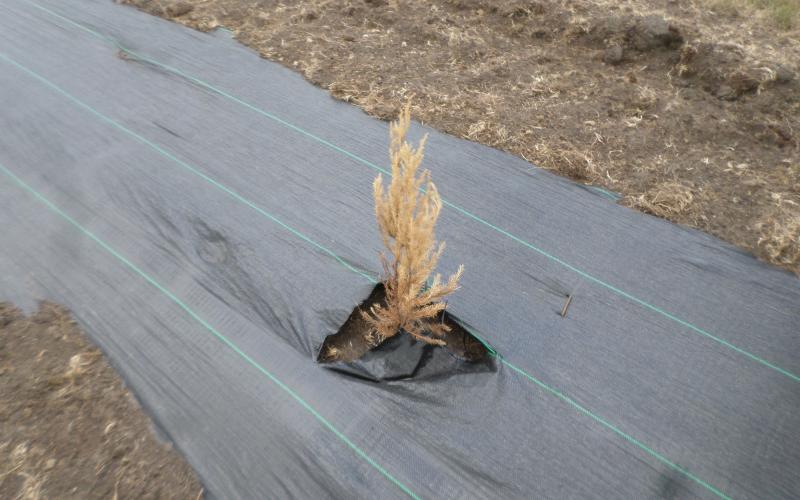
Herbicide Carryover and Planting Bare-Root Tree Seedling in New Windbreaks
Guidelines on herbicide carryover when planting bare-root tree seedlings in new windbreaks
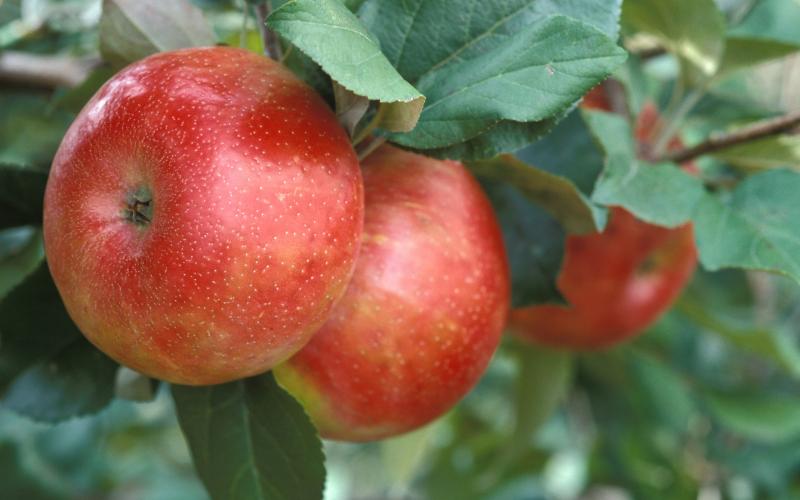
Brookings Master Gardener donating apple trees to local youth
March 26, 2025
A Brookings-area Master Gardener is donating apple trees to local youth for the sixth annual Fruitful Children Project.
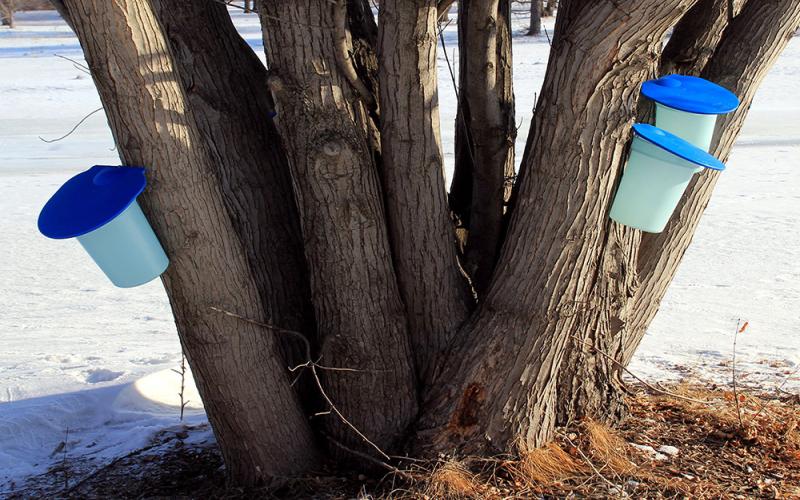
Tapping Maples for Sap
Fact sheet on how to tap maple trees for sap.
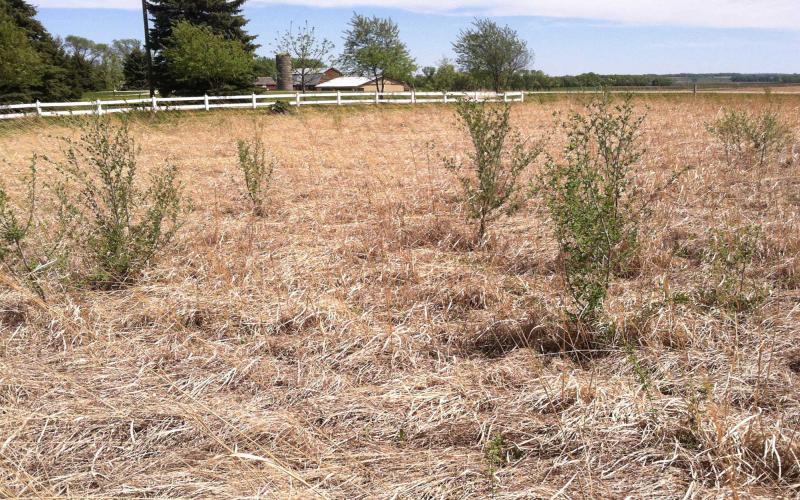
Removing Young Trees From Grasslands Will Save Money and Effort
Volunteer trees can hinder the development of desirable wildlife habitat and livestock resources. Early control of volunteer woody species is the simplest and most cost-effective option for maintaining open grassland habitats.
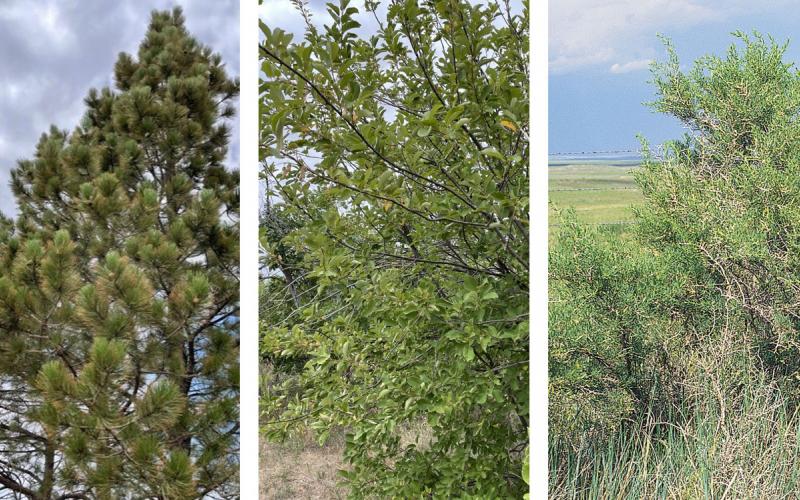
Poisonous Plants on Rangelands: Woody Species
Several woody plant species that are poisonous to livestock are found throughout South Dakota rangelands, including ponderosa pine, chokecherry, greasewood and broom snakeweed.
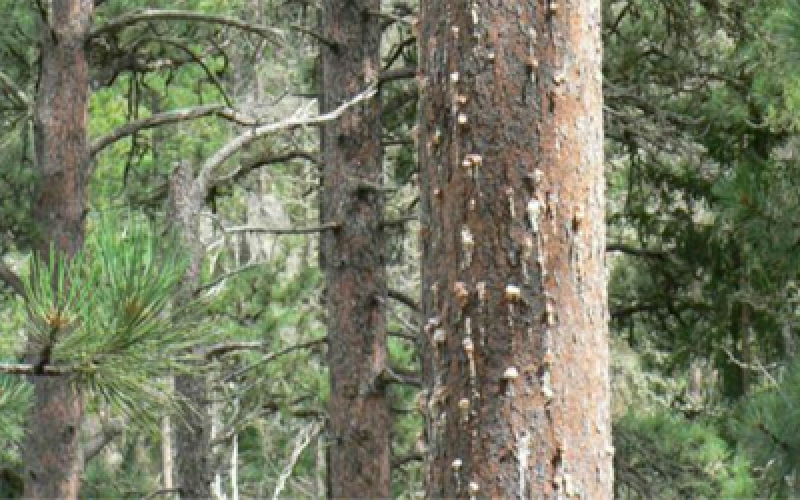
Insecticides for Protecting Pine Trees from Mountain Pine Beetle
There are no effective systemic pesticide treatments that will kill mountain pine beetle larvae inside the tree or adults as they emerge from an infested tree. Pesticide treatments are limited to protecting trees from becoming infested. These treatments are applied to the bark to kill the adult beetles as they land on the trunk and begin to burrow into the tree. This method of protection is highly effective and if the pesticides are applied at right time, losses may be as few as one or two trees for every hundred trees treated. However, only trees that are not infested should be treated. If a tree is already infested, pesticide application will not prevent the beetles from emerging and infested other trees.
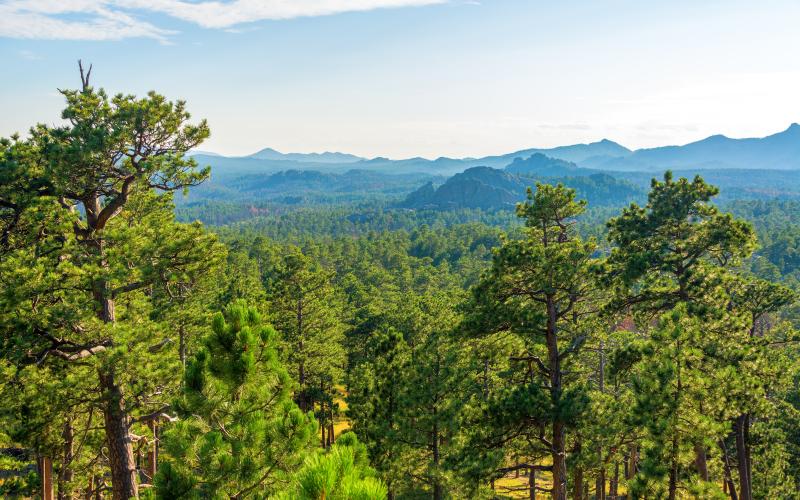
Tree Issue Treatments
Publications of the most commonly available in pesticides for use in South Dakota for Turf & Ornamentals.
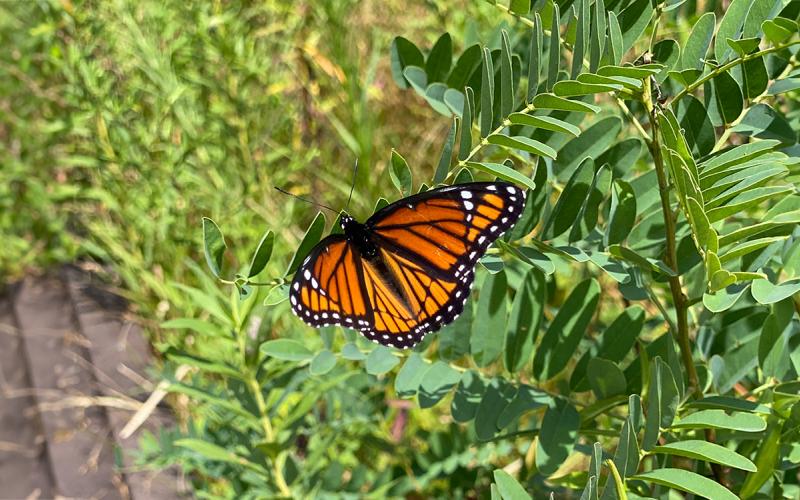
Generalist Host Plants in South Dakota
Many butterflies and moths are generalists, meaning that their larva can use a variety of host plants as food. Learn about some of the best host plants you can grow in your yard to support butterflies, moths, and everything that relies on them!
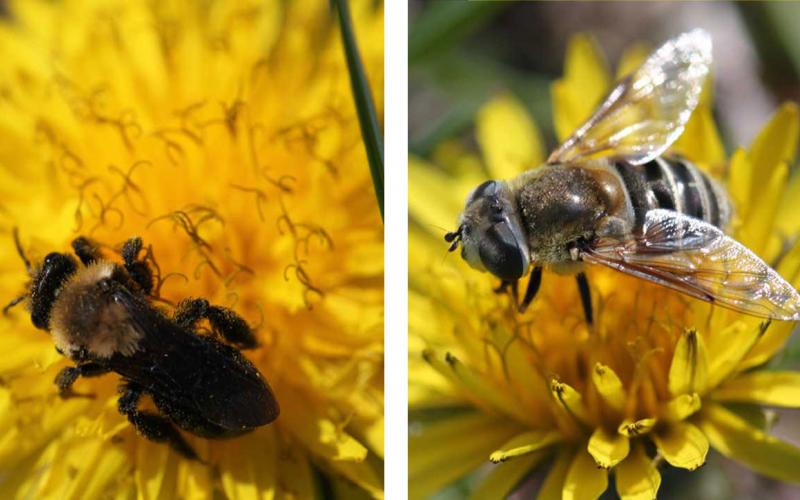
Should I Get Rid Of My Dandelions?
While there is much appeal to having a lawn that is free of other plants, there can be benefits. Some weeds that are sprayed out of lawns, including dandelions, can serve as early-season food sources for pollinators.
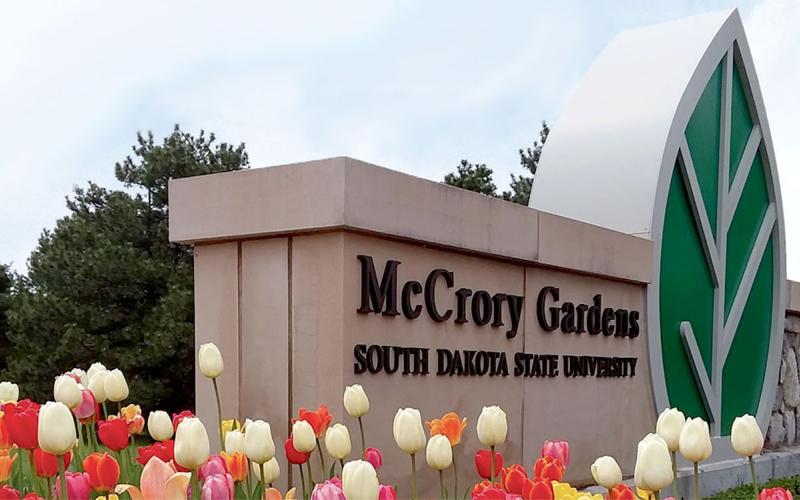
McCrory Gardens Trial Report
Trial reports for McCrory Gardens